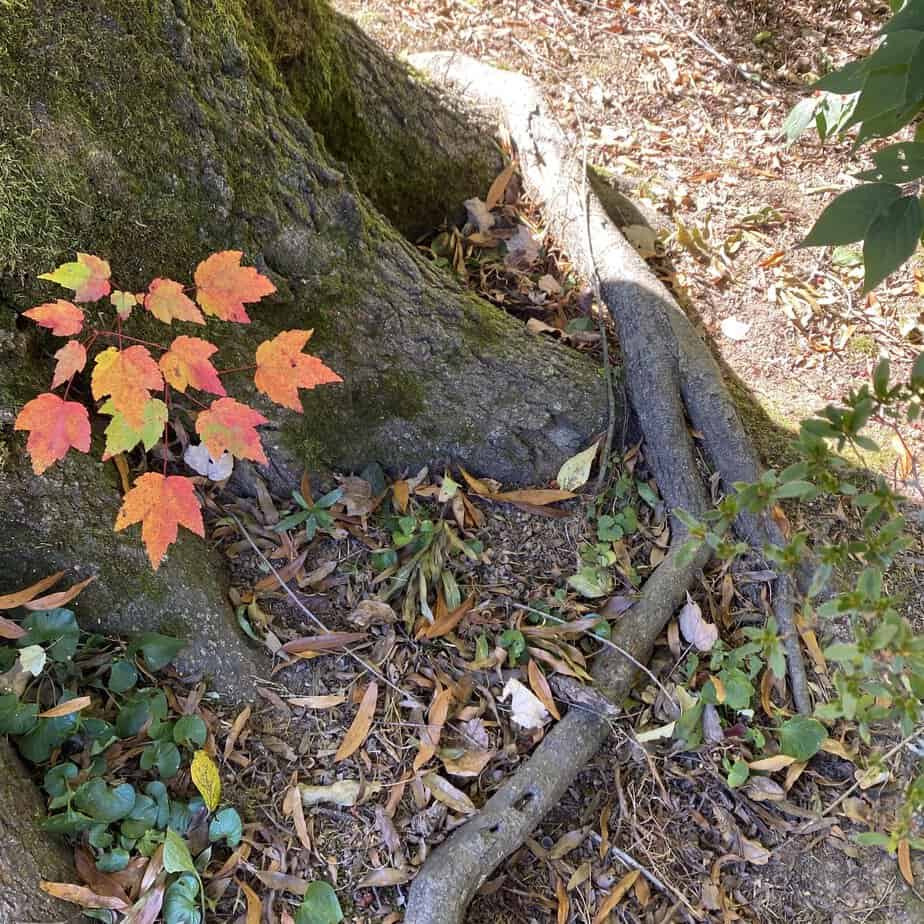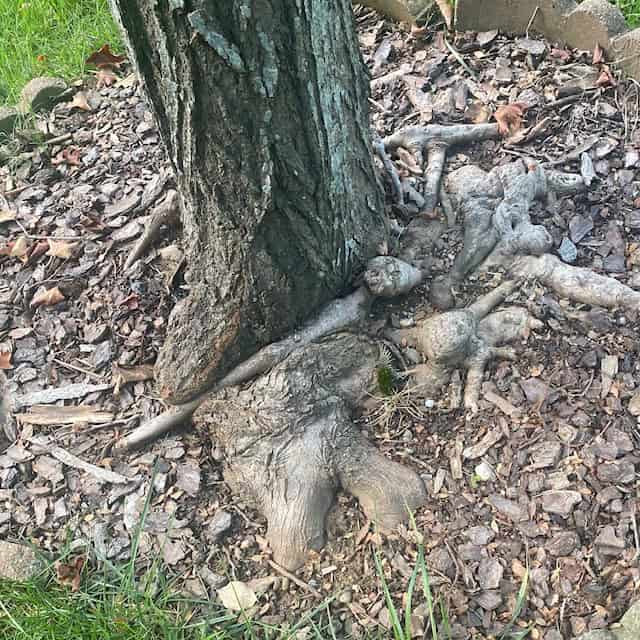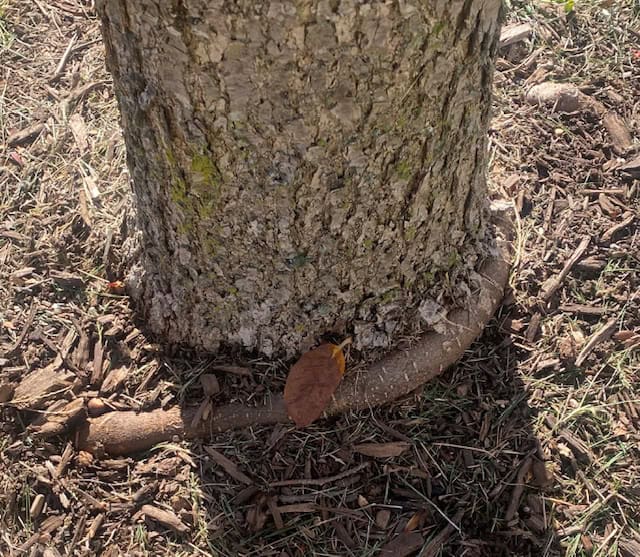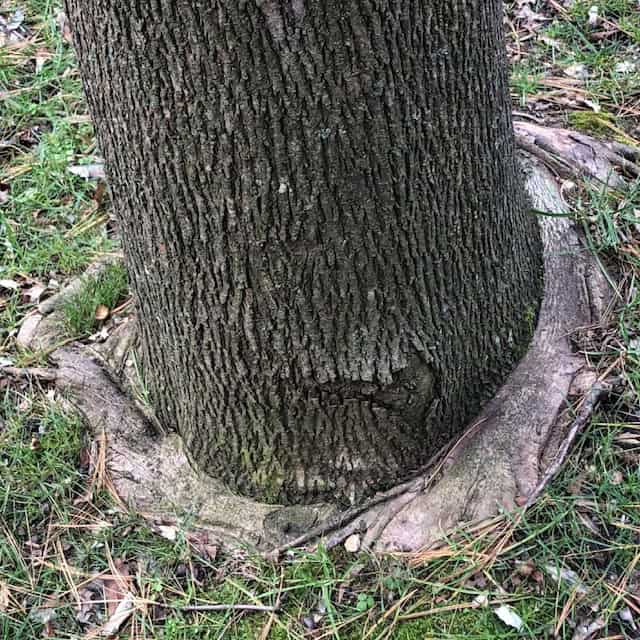Girdling roots are something that every tree owner should be aware of. It’s especially important if you are planning on planting any trees in your yard. Knowing about girdling roots can help prevent unnecessary future damage to trees. Read on to find out more.
Definition of Girdling Roots
According to the University of Maryland Extension, “a girdling root is a root that grows in a circular or spiral pattern around the trunk or at or below the soil line, gradually strangling the trunk”. If you know anything about tree roots, they usually grow out away from the trunk in a fairly uniform manner. Unincumbered roots generally extend out to the drip line of the tree. You can check out this blog post to see some examples.
Examples From the Field
What Causes Them?
First, trees grown in nurseries that become root bound can develop improper root grown patterns, which includes girdling roots. The roots have nowhere to go, so they start to spiral around the container. This is why it is important to make sure that nursery trees are planted correctly, and any spiral roots are straightened before planting.
A second cause of girdling roots is compacted soil. This acts like a natural container. When roots cannot penetrate compacted soil. They spiral back into the areas that they can penetrate.
Third, too much mulch around the base of the tree can encourage roots to grow upward seeking light and oxygen. Sometimes they spiral as they grow in abnormal ways.
Finally, planting trees too deeply, which means below the root collar (where roots emerge from the trunk) can lead to a host of problems including girdling roots. This is yet another reason why it is important to find a reputable professional to plant trees. A little extra money at the onset, can help to ensure trees thrive and mature.
Implications of Girdling Roots
Girdling Roots cause a host of problems to include, but not limited to the following. The trunk is strangled and does not grow in a natural pattern. There is no natural root flare in trees with root flares. The canopy is thin or thin on one side. Finally, as a result of girdling roots, there can also be unusual die back.
Treatment
Prevention is the best treatment. Consequently, when you are getting trees planted, have a cursory understanding of appropriate planting methods. Monitor the planting process to give trees the best possible chance for growth.



